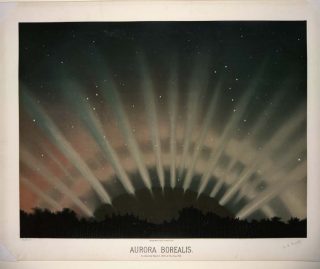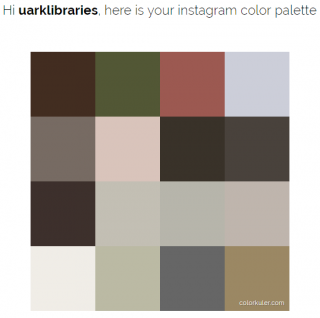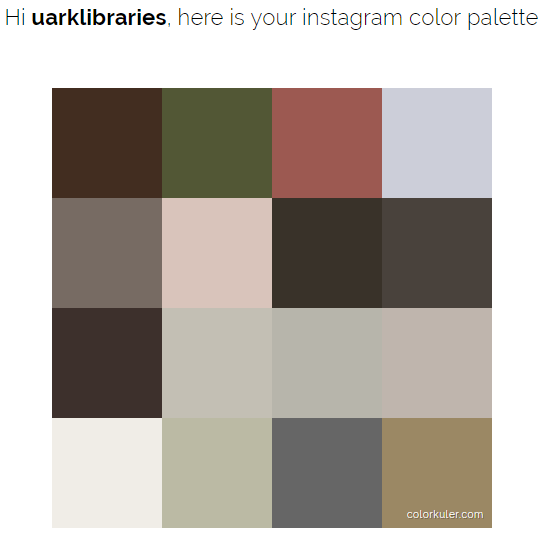
Science, Industry and Business Library: General Collection, The New York Public Library. “Aurora Borealis. As observed March 1, 1872, at 9h. 25m. P.M.” New York Public Library Digital Collections. Accessed October 9, 2017. http://digitalcollections.nypl.org/items/510d47dd-e6cd-a3d9-e040-e00a18064a99
This blog post was written by Marianne Williams, Librarian-in-Residence, for Open Access Week 2017.
Have you ever sat through a presentation with way too many words on the slides? Or struggled to understand an idea without someone drawing a diagram? Maybe you cringe when you see red text because it reminds you of a test you got back in middle school, no matter how nice or encouraging the words themselves are. Or you’ve gotten an email with a hard-to-read font. These are all examples of mismatches between design and communication, and while we can likely all think of an example of design that didn’t work, the best design choices can go unnoticed. You might think that you don’t have a natural gift for design, that it’s something that some people just have a knack for. Luckily for you, finding freely available, open access images and design resources has never been easier!
Nearly every scholar will need to present their thoughts to an audience at one point in their careers, and knowledge of basic design principles and color combinations is a great way to clearly communicate ideas to a crowd. Move beyond PowerPoint templates by creating your own color theme using web applications like Coolors or Adobe Color CC. Still stuck? If you have Instagram, you can use ColorKuler to enter your username and see your account’s color pallete. To flip through books on the intersections of color in history and science, check out the online collection Color in a New Light from the Smithsonian Libraries.
 Working on a presentation and need some images to fill in your slides? Sort through the British Library’s collection of over 1 million scanned images or the New York Public Library’s collections to see what public domain images you can find and reuse. Make a gif using the NYPL’s Stereogranimator from the stereograph collection to add a bit of movement and vintage flair. Take a look at the Library of Congress Prints and Photographs Online Catalog, and see if you can find a beautiful image of just what you are looking for. The Digital Public Library of America provides access to over 17 million items from cultural institutions from across America, including primary source documents and images.
Working on a presentation and need some images to fill in your slides? Sort through the British Library’s collection of over 1 million scanned images or the New York Public Library’s collections to see what public domain images you can find and reuse. Make a gif using the NYPL’s Stereogranimator from the stereograph collection to add a bit of movement and vintage flair. Take a look at the Library of Congress Prints and Photographs Online Catalog, and see if you can find a beautiful image of just what you are looking for. The Digital Public Library of America provides access to over 17 million items from cultural institutions from across America, including primary source documents and images.
Artworks are always an interesting and compelling addition to a presentation on any topic. Look up images from the Met and the National Gallery of Art’s images have images from nearly every corner of the globe on an array of topics. Check out the Google Art and Culture Lab for digital exhibitions on all sorts of topics from around the world. Getty Search Gateway has open content images and thousands of visual materials for reference, all freely available for research and reference. Follow the Public Domain Review for all sorts of eclectic, fascinating public domain resources for inspiration.
Still not sure where to start your visual and design research? The University Libraries hosted a talk, Communicating with Color, for Open Access Week. Sam King from the University of Arkansas’ School of Art offered a brief introduction to the essential properties of color, explained those properties’ functions in color interaction, and provided some examples of color’s role both in everyday experience and in works of art. Soon, a video recording of the talk will be made available as an open educational resource within our institutional repository, ScholarWorks@UARK.
